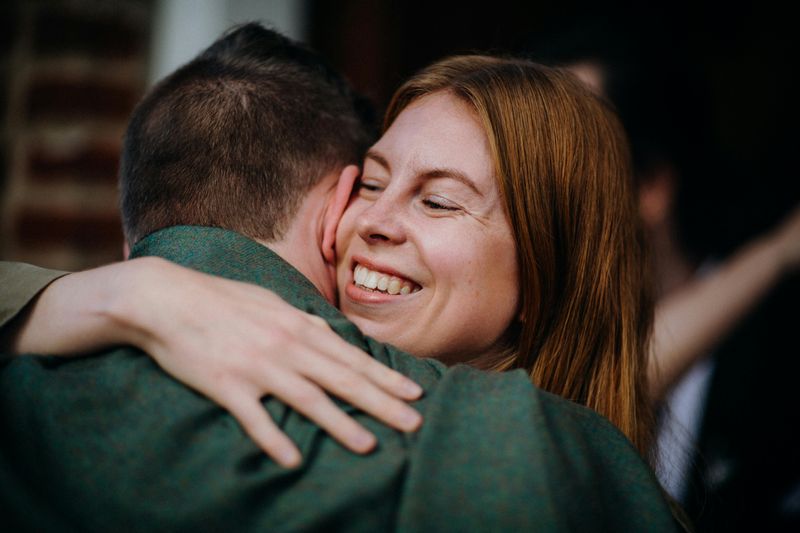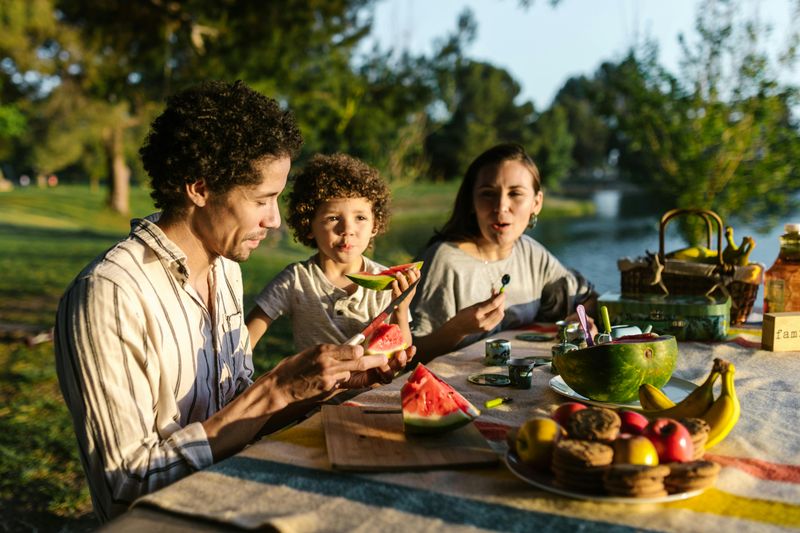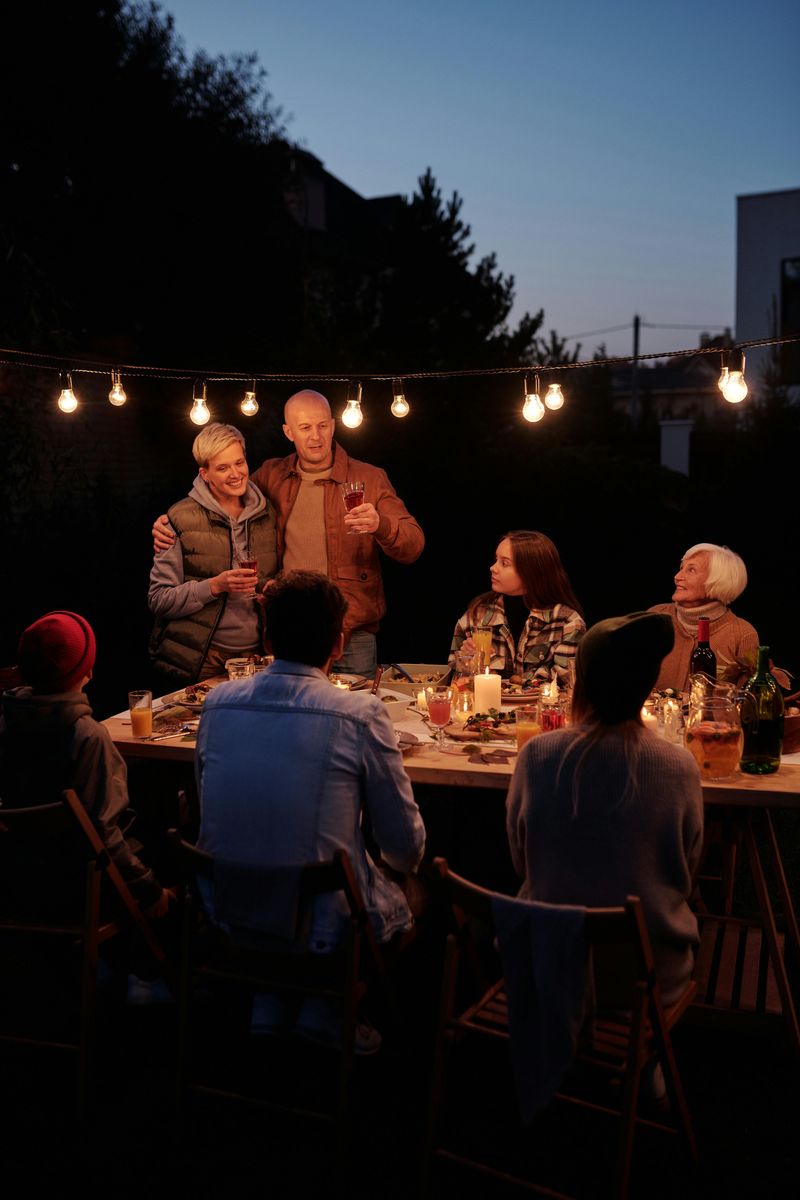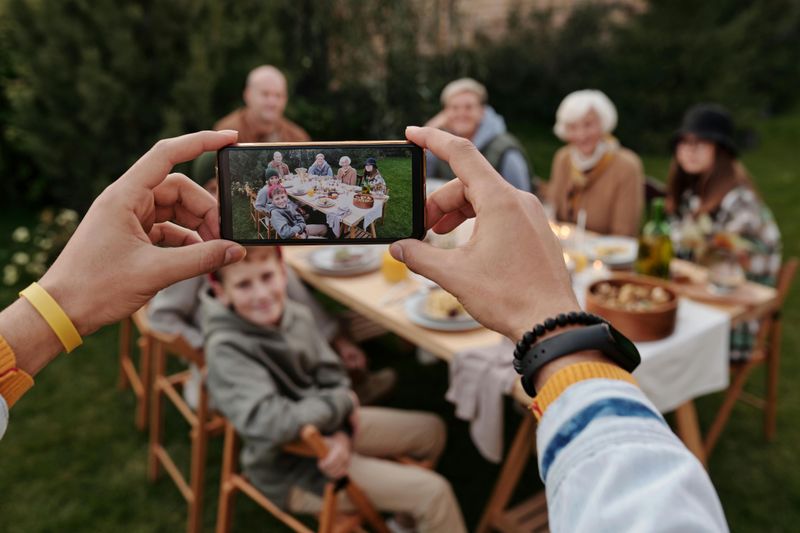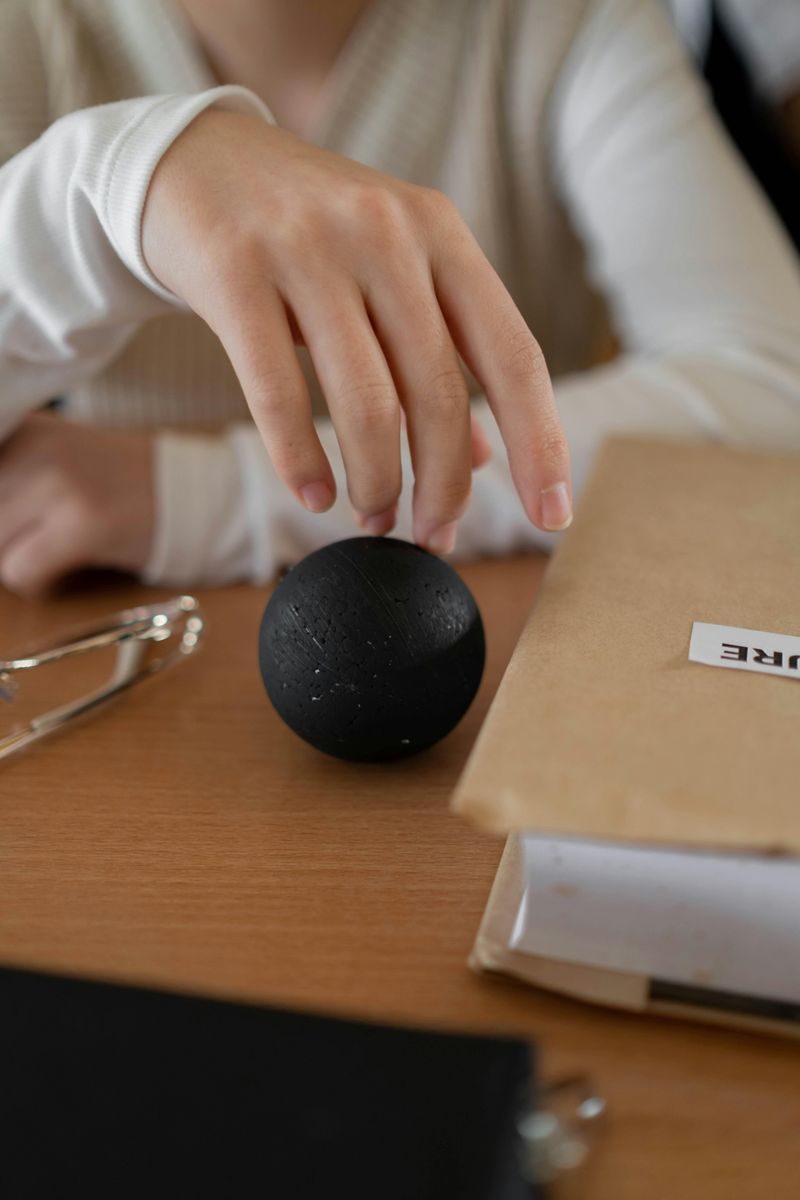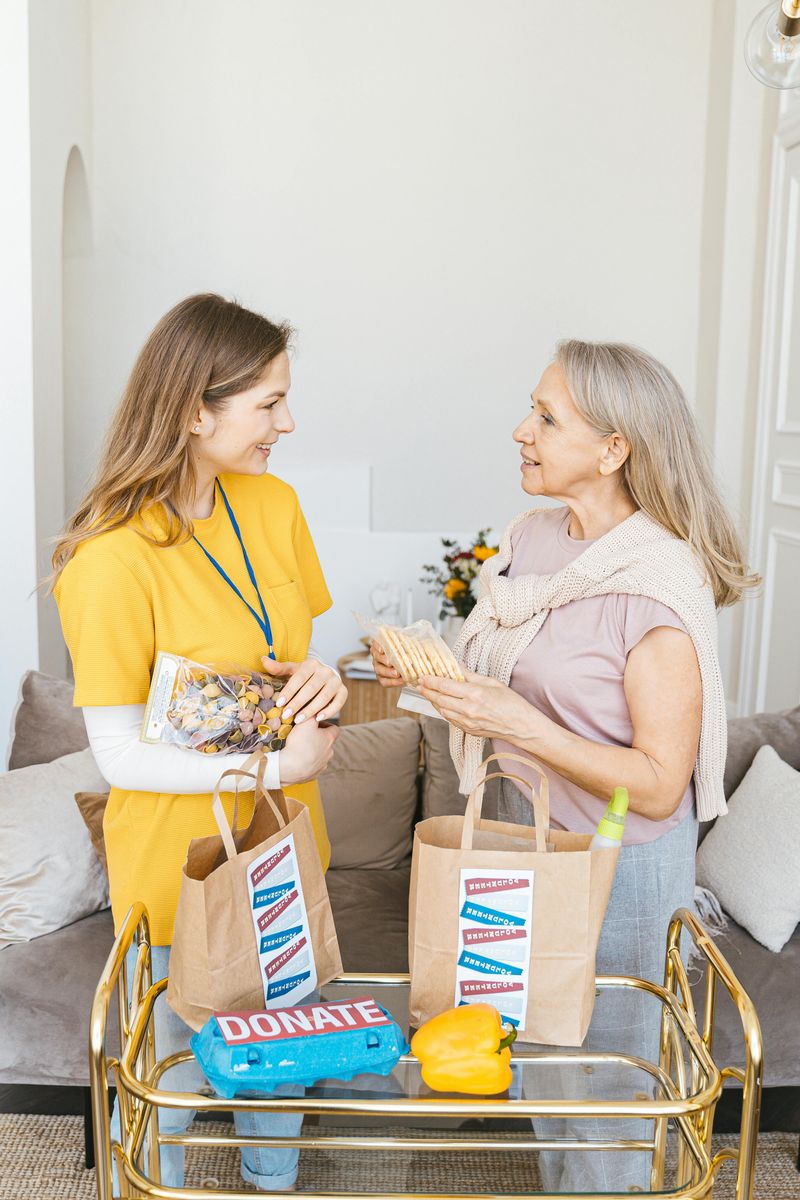Feeling thankful doesn’t always require a pen and paper. While gratitude journals are popular, they’re not the only path to appreciating life’s gifts. Many of us struggle to maintain consistent writing habits or simply prefer more active ways to count our blessings. The good news? There are plenty of simple, effective alternatives that fit naturally into your daily routine.
1. Take a Daily Gratitude Walk
Step outside and let nature become your gratitude classroom. During your walk, focus on noticing specific things that bring you joy – maybe it’s the way sunlight filters through leaves or the friendly neighbor who always waves hello.
Walking naturally clears your mind while the rhythm of your steps creates a perfect meditation-like state. Your surroundings offer endless opportunities to appreciate both grand and tiny wonders.
Try different routes to discover new things to appreciate. Even in familiar neighborhoods, you’ll be surprised by previously overlooked details when you walk with gratitude as your intention.
2. Say Thank You Out Loud
Words have power, especially when spoken. Verbally expressing gratitude creates sound waves that reinforce positive feelings in both your brain and body. The simple act transforms abstract appreciation into concrete reality.
Start small by thanking the barista who makes your coffee or acknowledging a family member who helped with chores. For deeper practice, stand before a mirror and thank yourself for specific qualities or accomplishments.
Speaking gratitude aloud feels awkward at first, but this discomfort signals you’re creating new neural pathways. Soon, verbal appreciation becomes second nature, strengthening relationships and boosting your mood simultaneously.
3. Set Gratitude Reminders
Our busy lives often sweep us into autopilot mode where we miss opportunities for appreciation. Random phone alerts can snap you back to awareness, creating perfect moments to pause and notice something good.
Program your phone with 2-3 daily notifications asking: “What’s something good right now?” When the alert sounds, stop whatever you’re doing for just 10 seconds to identify something positive in that exact moment.
The beauty lies in its simplicity. No need for elaborate rituals – just brief mindful moments scattered throughout your day that gradually train your brain to spot the positive without prompting.
4. Practice Mindful Breathing with Gratitude
Breathing happens automatically, making it the perfect anchor for gratitude practice. Find a comfortable position and close your eyes. As you inhale deeply, mentally name something you’re thankful for, and as you exhale, imagine sending appreciation toward it. Even five breaths can shift your entire mood.
The combination of oxygen and positive focus creates a powerful calming effect on your nervous system, making this perfect for stressful moments. No special equipment or training needed – just your breath and attention.
This practice works anywhere: traffic jams, waiting rooms, or before difficult conversations become opportunities for gratitude rather than frustration.
5. Send Appreciation Notes or Messages
A quick text saying “I appreciate you because…” can brighten someone’s day while simultaneously boosting your own happiness. Unlike journaling, which keeps gratitude private, sharing appreciation creates ripples of positivity that extend beyond yourself.
Modern technology makes this effortless – send voice messages, emails, or even social media comments acknowledging others’ positive impact. For deeper connection, handwritten notes carry special weight in our digital world.
Challenge yourself to send one appreciation message daily for a week. You’ll discover you have more to be grateful for than you realized, and the responses will likely give you even more reasons to feel thankful.
6. Pause Before Meals to Give Thanks
Food provides a natural opportunity for gratitude three times daily. Before eating, take 30 seconds to appreciate everything that brought this meal to you – farmers, truck drivers, grocery workers, cooks, and the earth itself.
This practice transforms routine meals into meaningful moments. The pause creates a boundary between busy activities and nourishment time, allowing you to taste your food more fully and digest more efficiently.
No religious framework needed – simply acknowledge the massive collective effort behind every bite. Children especially benefit from this ritual, developing awareness of food’s journey and value beyond its taste or appearance.
7. Reframe Challenges with Gratitude
Traffic jams become podcast time. Rain creates garden growth. Difficult people teach patience. The art of reframing transforms everyday annoyances into opportunities for gratitude.
When facing something unpleasant, ask: “What might be good about this situation?” or “What might I learn here?” This isn’t forced positivity but rather discovering hidden value in all experiences. The mental shift feels like suddenly finding money in an old coat pocket.
Start with small irritations before tackling bigger challenges. Like developing any muscle, gratitude-based reframing grows stronger with practice. Eventually, your mind automatically searches for silver linings without conscious effort.
8. Share Three Grateful Moments Each Evening
Evening sharing creates a natural reflection point without requiring writing. At dinner or bedtime, take turns naming three good things from your day. The specificity matters – “my comfortable shoes during the long walk” carries more power than general statements like “I’m grateful for my health.”
For those living alone, share with a friend via phone or create an evening ritual of speaking your three things aloud. The verbal expression helps cement positive experiences in memory.
Families find this practice especially valuable, as children learn gratitude by example. The consistency creates a powerful habit that gradually trains everyone involved to notice good things throughout their day to share later.
9. Take a Daily Photo of Something You Appreciate
Our phones become powerful gratitude tools when we use them intentionally. Each day, photograph one thing that sparks appreciation – morning light on your coffee cup, a child’s laugh, or even comfortable shoes after a long walk.
The search itself becomes meaningful as you move through your day with heightened awareness, looking for beauty or goodness to capture. No photography skills required – the image quality matters less than the noticing. Creating a visual gratitude collection offers unique benefits.
During difficult times, scrolling through these images provides concrete reminders of life’s goodness. The growing collection becomes proof that even ordinary days contain countless gifts worth acknowledging.
10. Carry a ‘Gratitude Object’ as a Reminder
Small objects become powerful mindfulness anchors. Choose something pocket-sized – a smooth stone, special coin, or meaningful trinket. Whenever you touch or notice this object throughout your day, pause for a three-second gratitude moment.
The physical reminder works because it creates a tangible connection to an intangible practice. Your brain forms an association between the object and the feeling of appreciation, making gratitude accessible anytime.
Some people carry different objects weekly to keep the practice fresh. Others prefer consistency, allowing one special item to gain meaning over time. Either approach creates micro-moments of appreciation that accumulate into significant positive mental shifts.
11. Do Small Acts of Kindness
Gratitude expressed through action creates a beautiful cycle of giving and receiving. Holding doors, leaving generous tips, or sending encouraging texts transforms appreciation into tangible benefits for others.
The science behind this approach is fascinating. When we act kindly, our brains release feel-good chemicals that create what researchers call a ‘helper’s high.’ This physical sensation reinforces our awareness of having enough to share. Start with one intentional kind act daily.
Notice how giving creates its own form of gratitude – appreciation for your capacity to make a difference. The ripple effects extend far beyond the initial action, creating communities where gratitude flows naturally.


